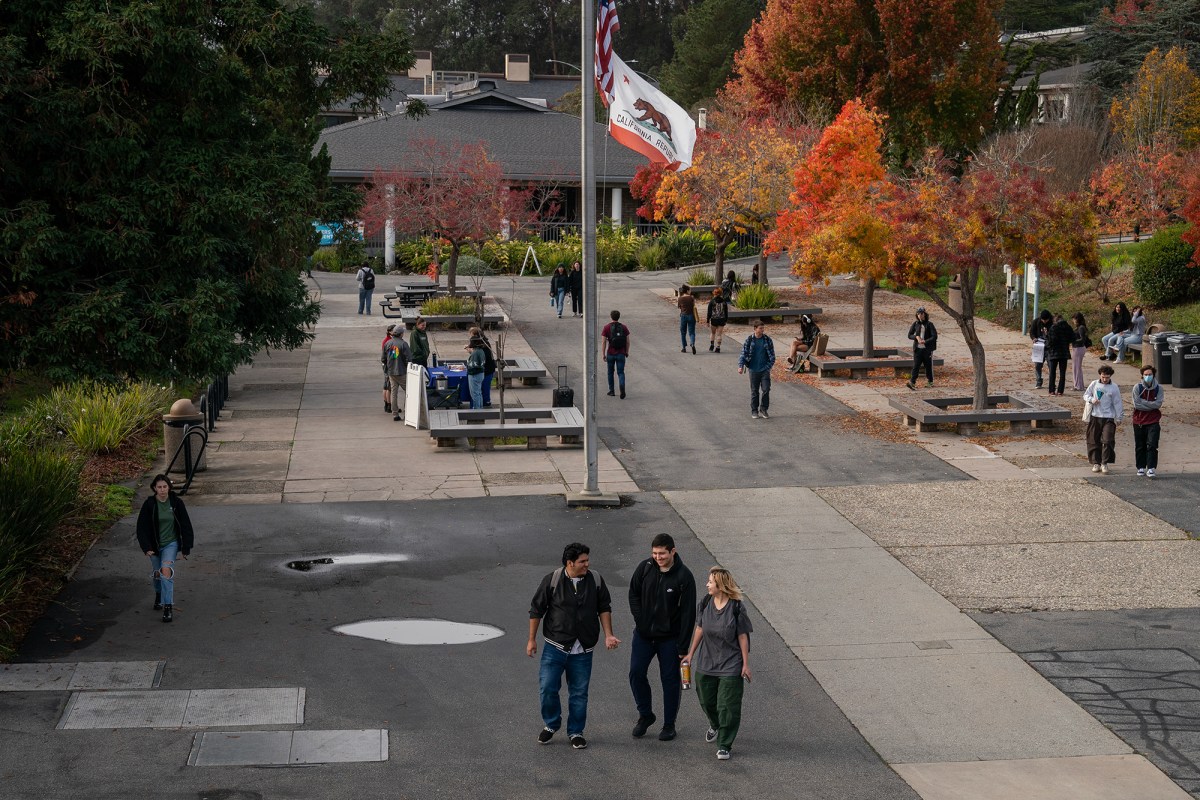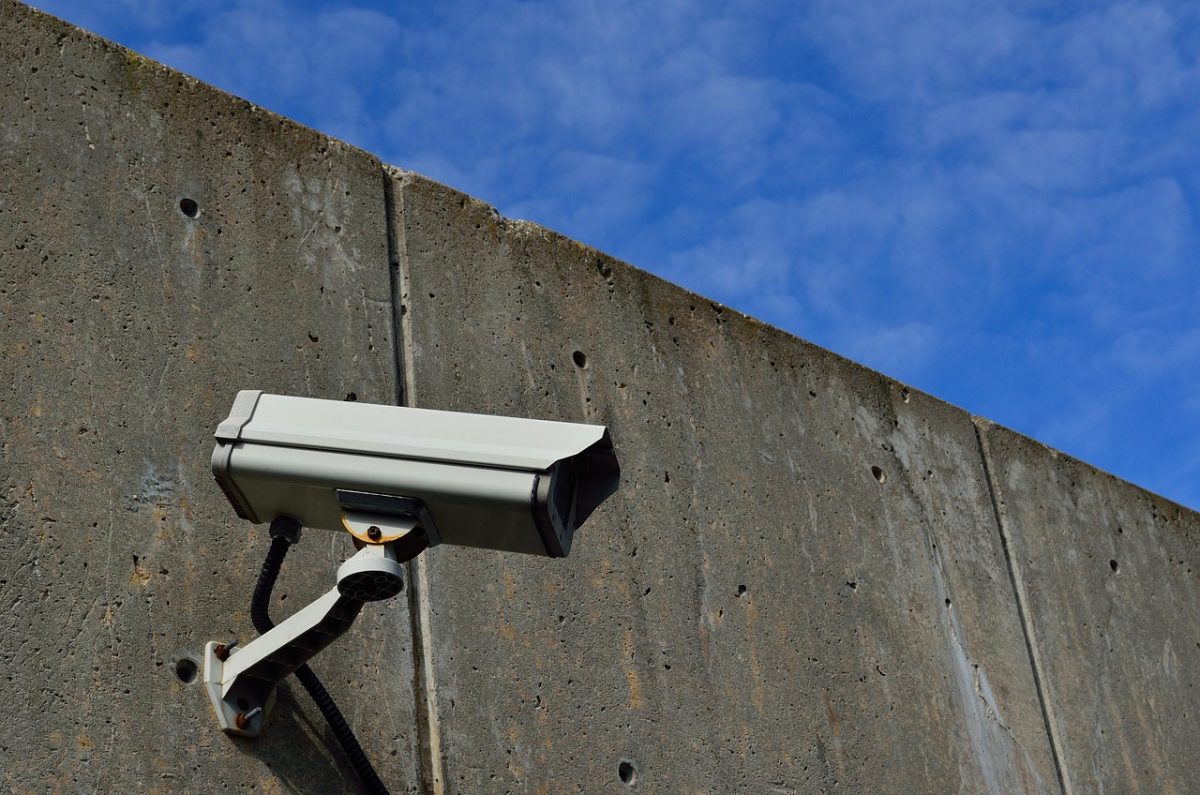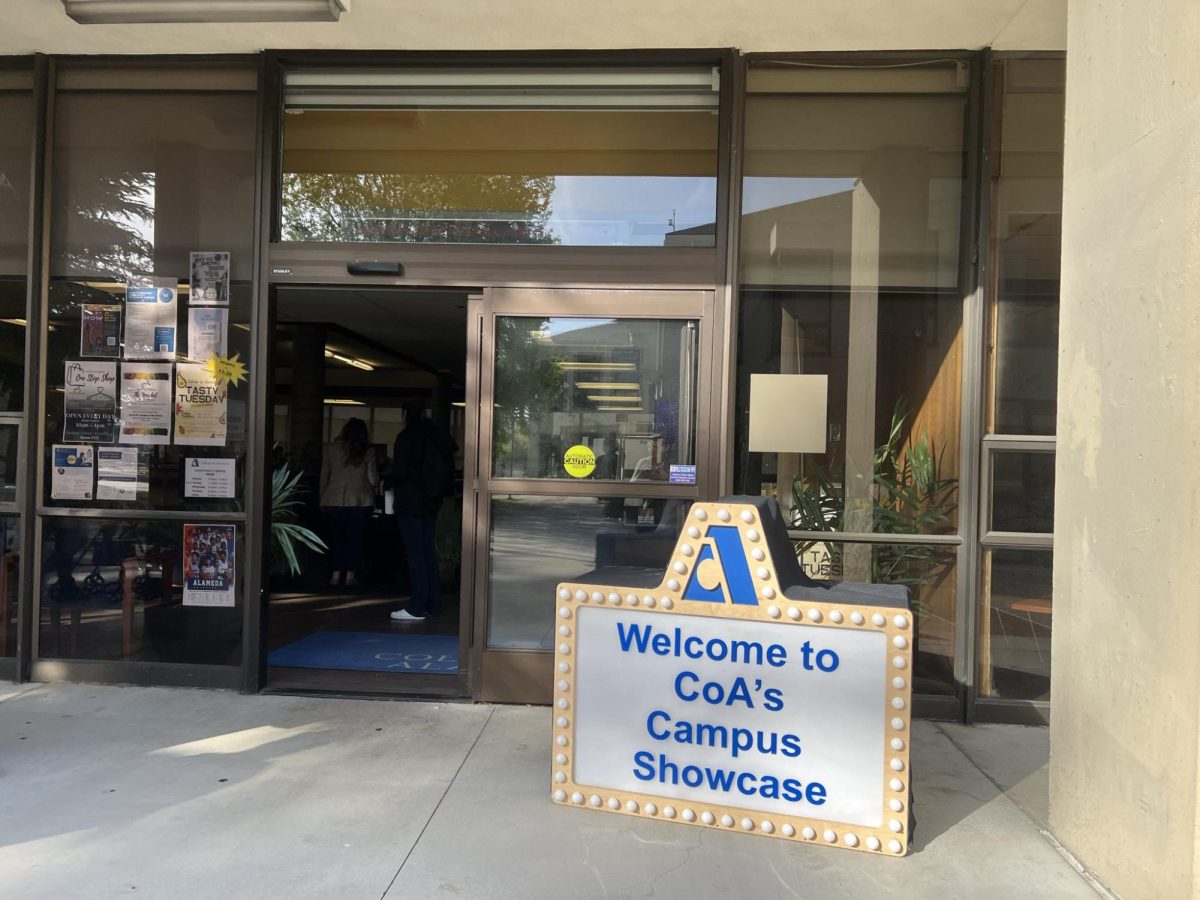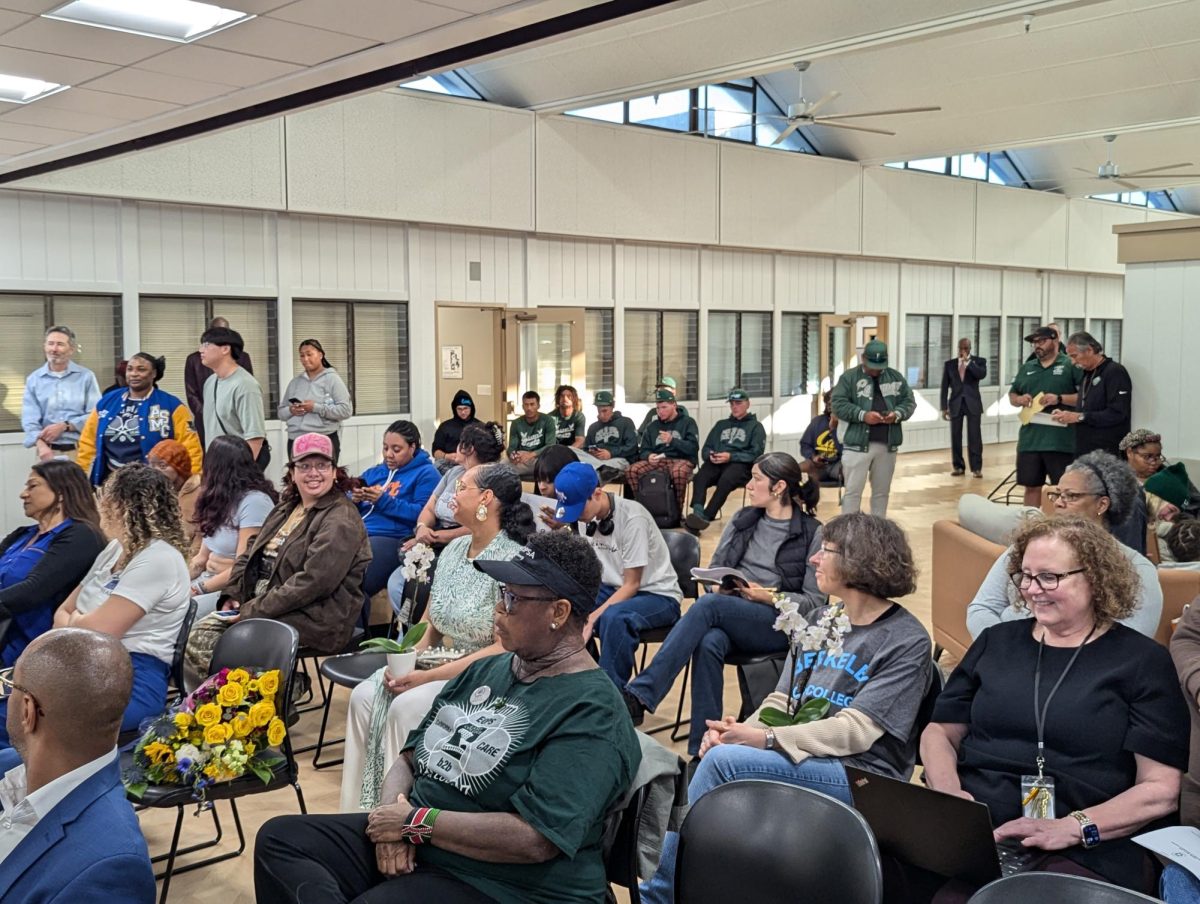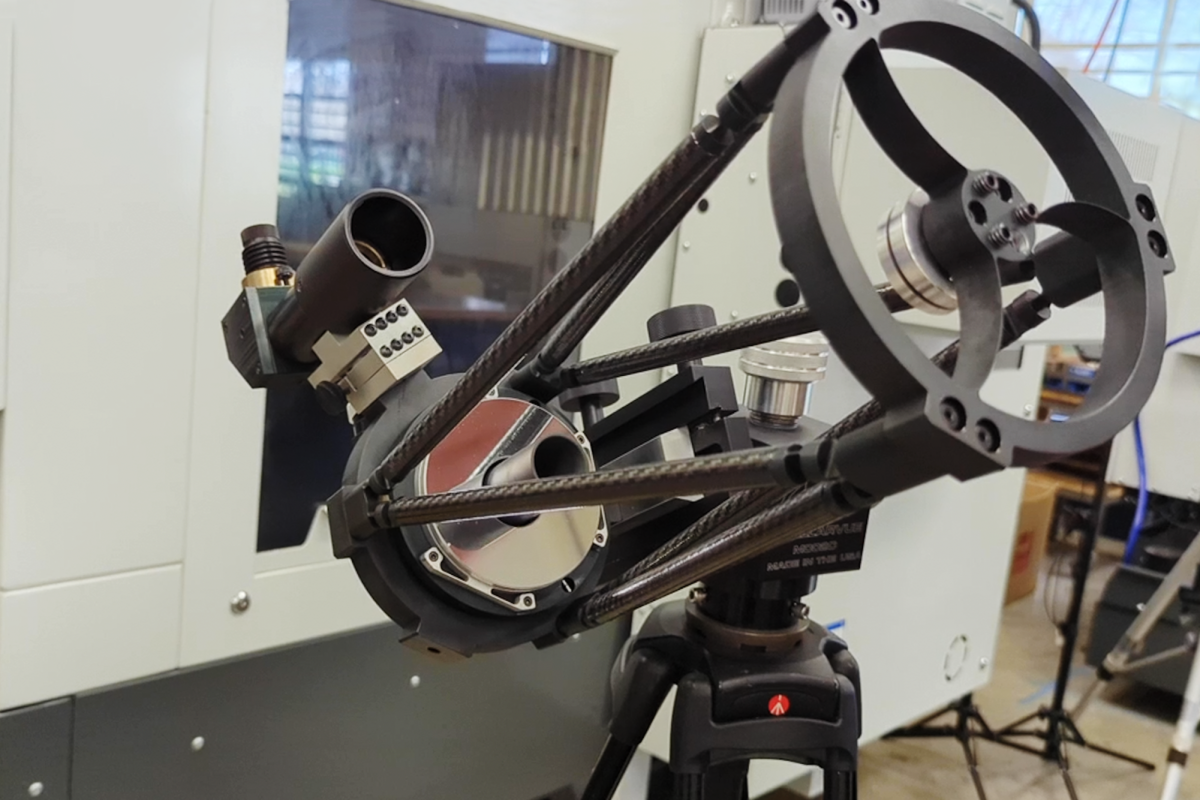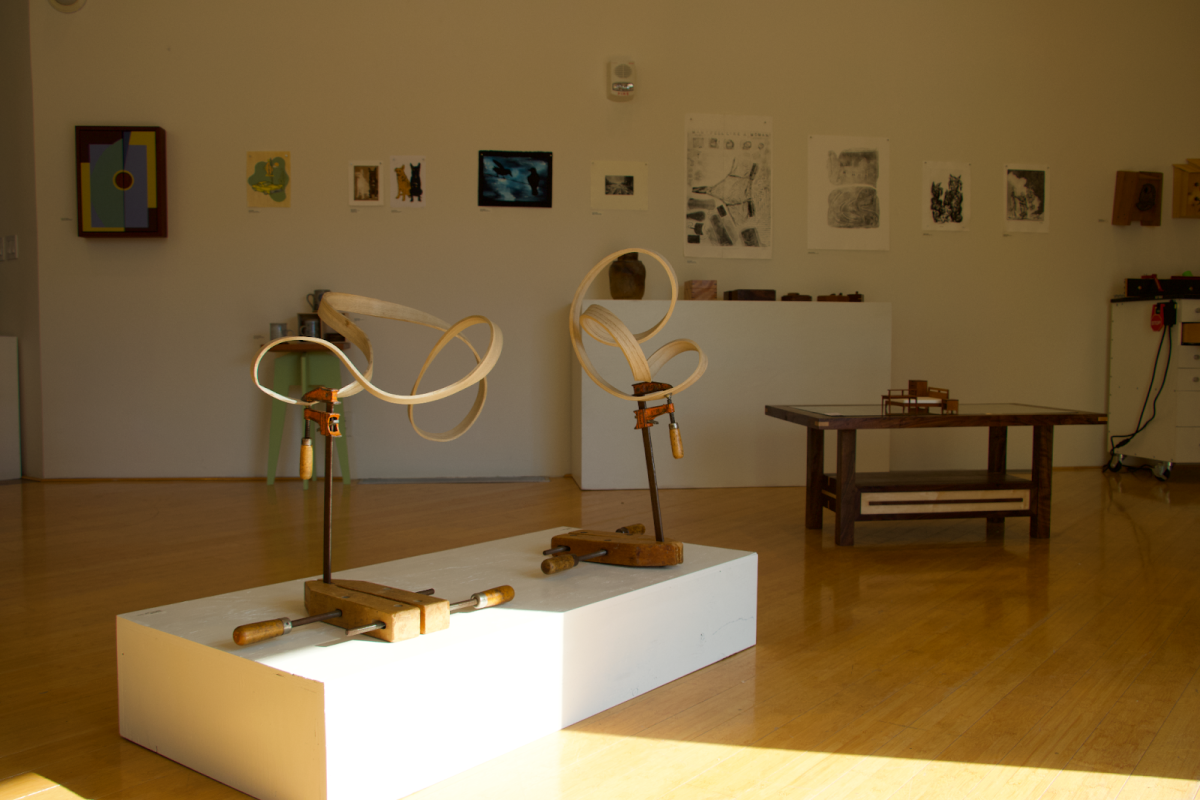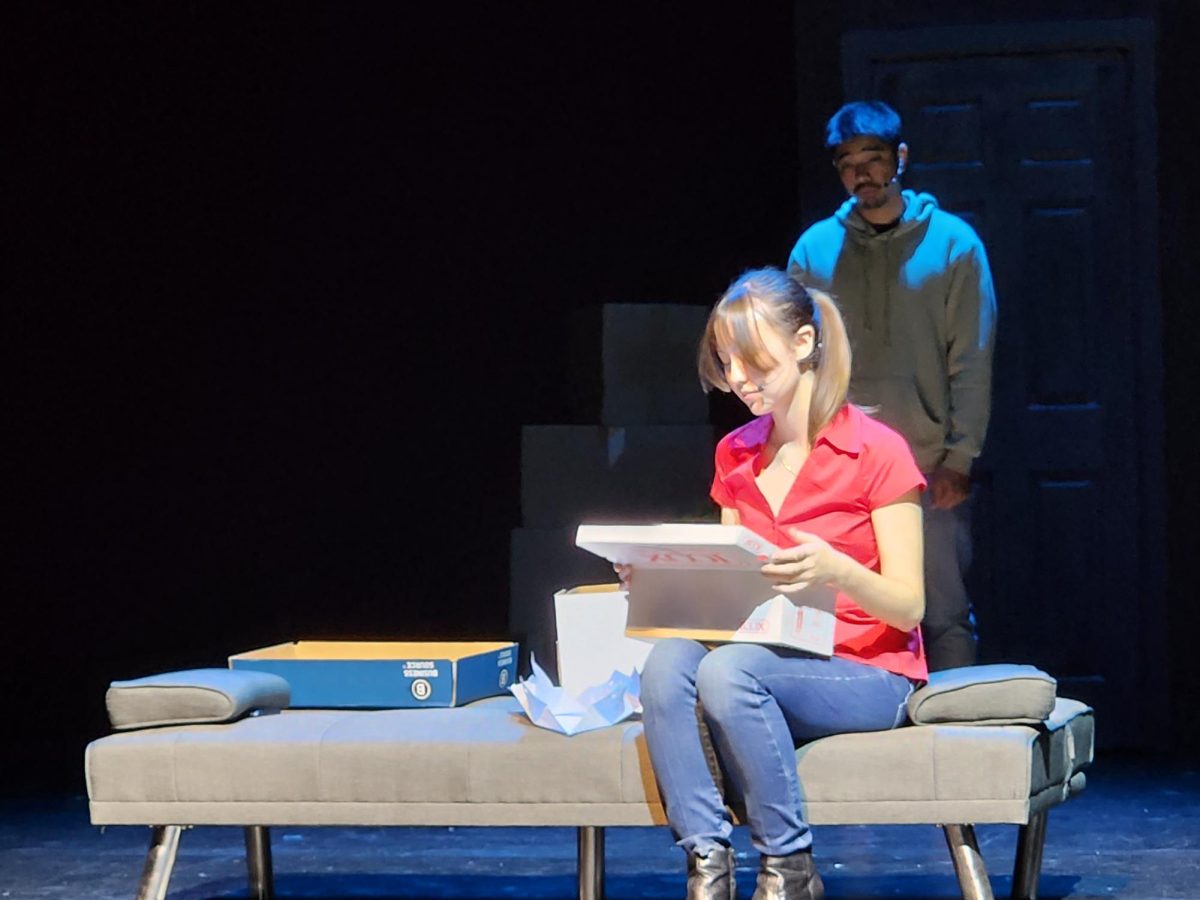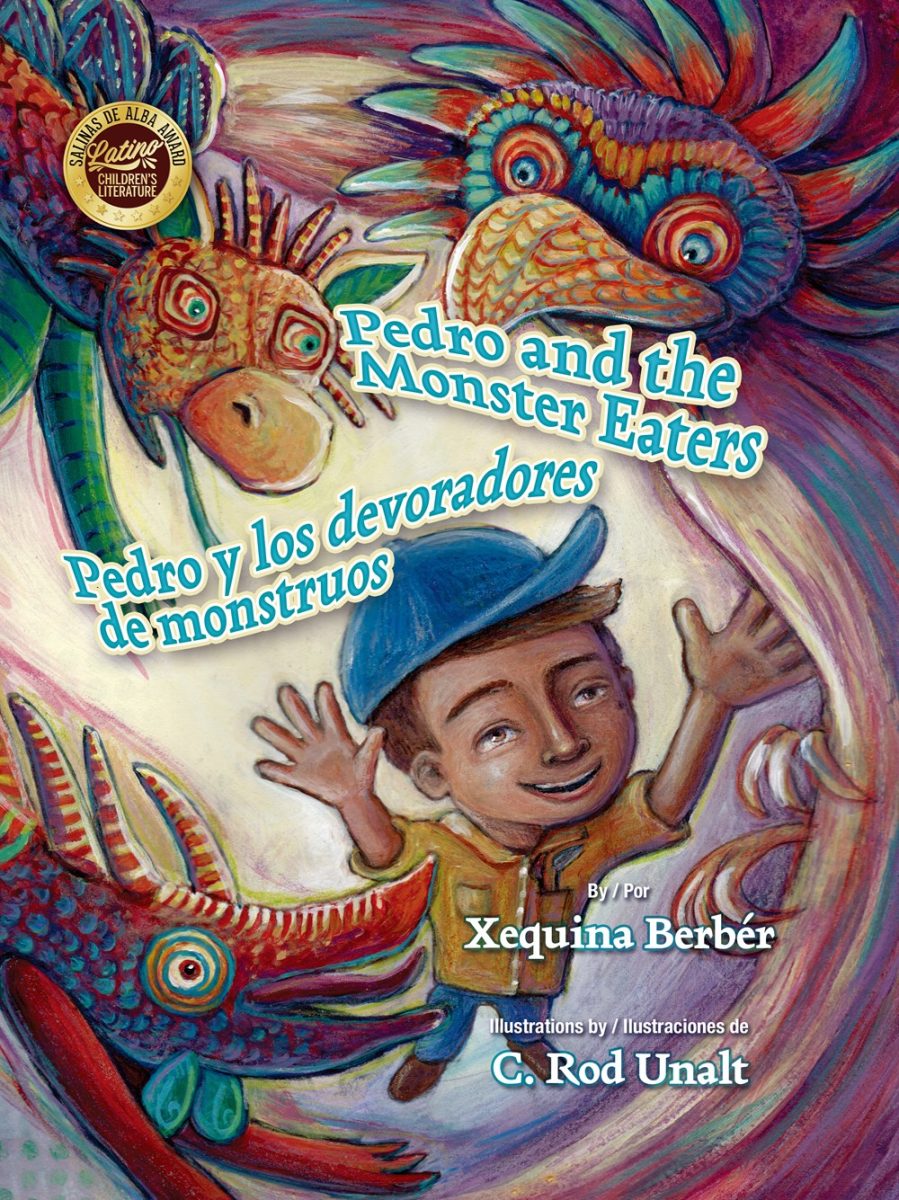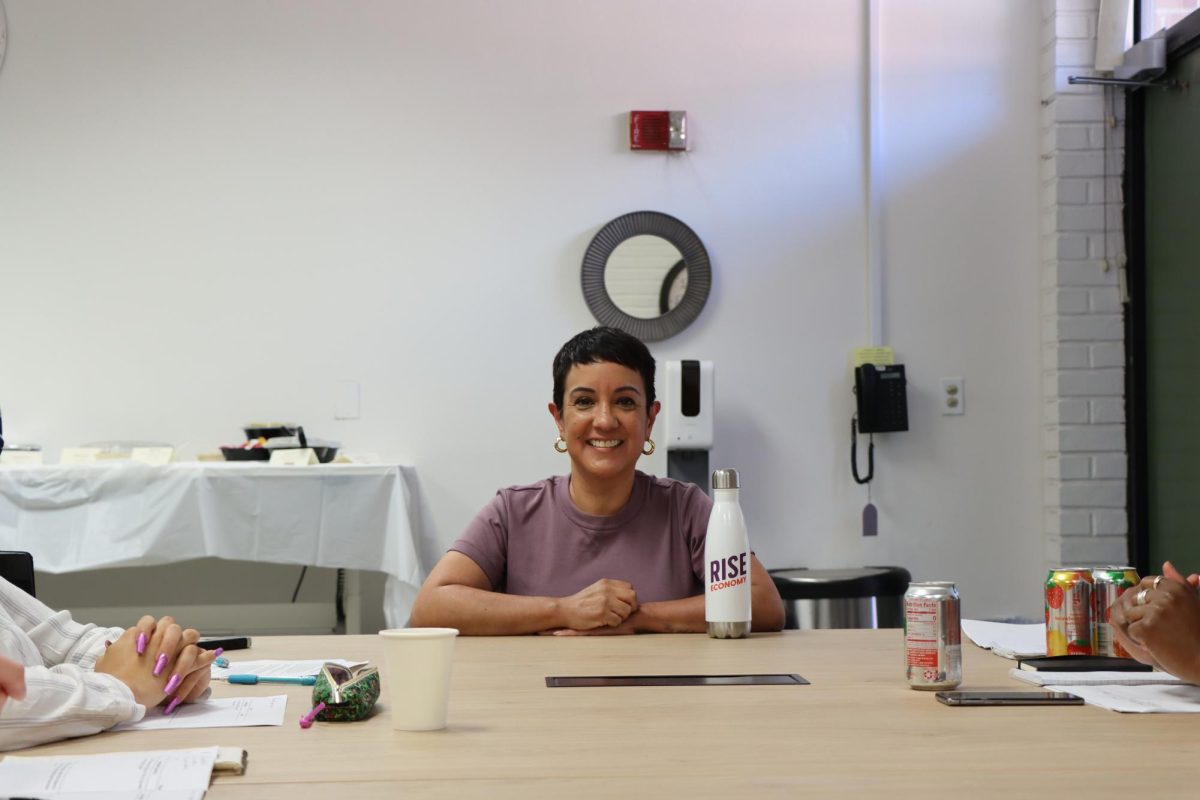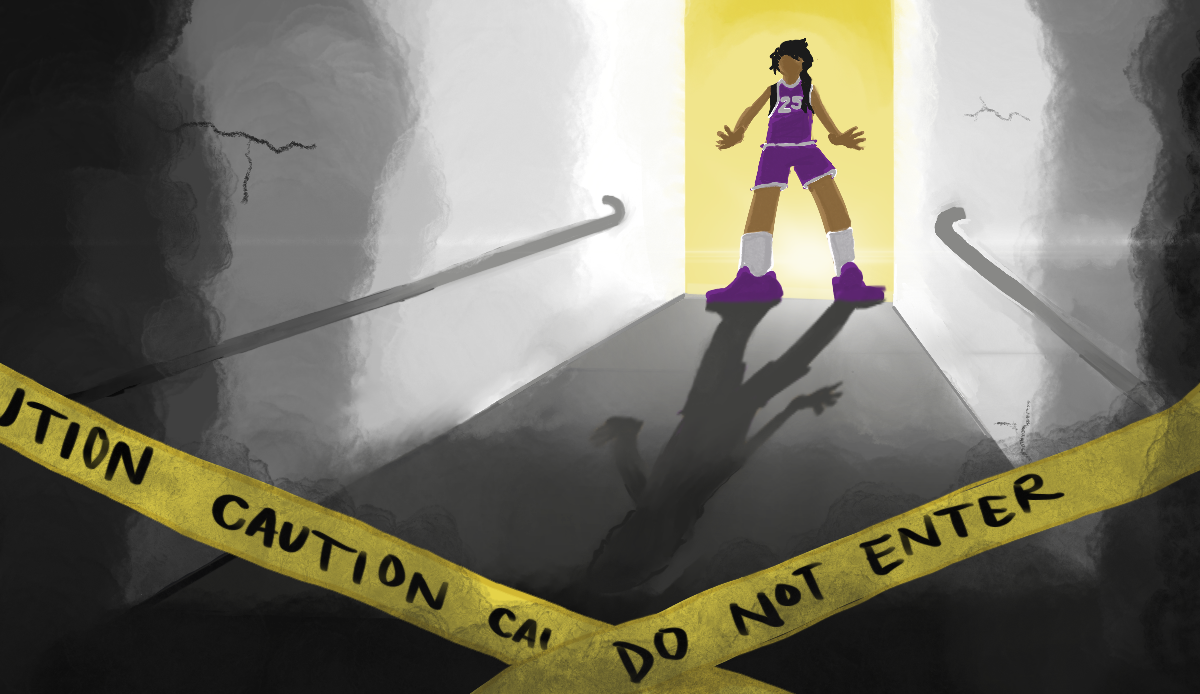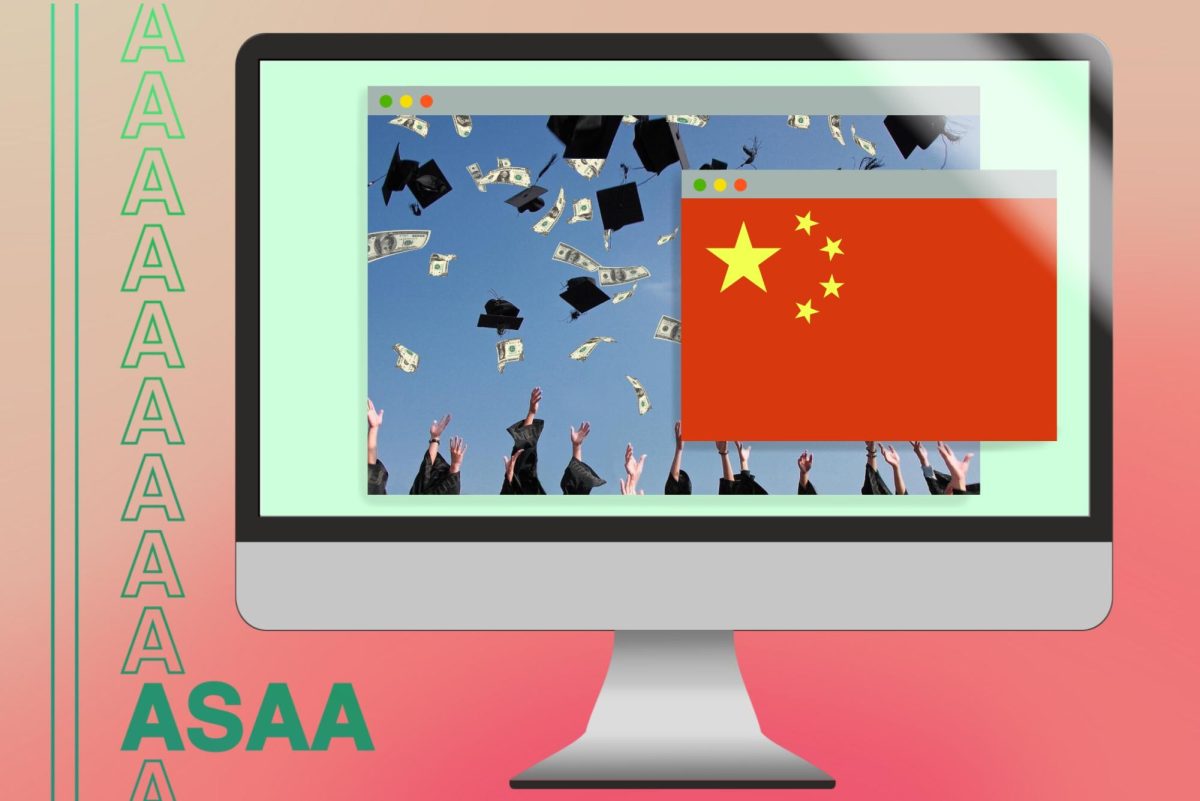The Homelessness issue: Part 2
Homeless students struggle, succeed
When Laney College student Darrell Brown got divorced in 2000, he found himself homeless.
Brown was working three jobs: full-time for Everett and Jones Barbeque and California Community Housing, and part-time for the City of Oakland, setting up chairs and tables at the Henry J. Kaiser Center.

He had four young children; he just couldn’t afford to get a place for himself and make his child support payments, which he had deducted directly from his paycheck. And like a good father, Brown made sure he saw his kids every day.
Brown was one of the lucky ones. He had friends and family he could stay with. He lived with his cousin for about a year. After that, he stayed with his god-brother. Later, he moved in with a friend and his wife. (He stayed with them until they started arguing amongst themselves.)
He was not out on the streets, but he said that staying with people is always awkward and stressful. He always had to be home before people left or went to sleep in order to avoid being locked out.
By this time, Brown had gotten a Section 8 voucher and was searching for a place to live.
“I couldn’t find a place that would rent to me,” he said, and when he finally found somewhere, he called and was told to come see the place.
The landlord never showed up.
Finally, Brown talked to his supervisor with the city of Oakland and explained his predicament. Brown got lucky again. His supervisor told him he could work at the Alice Art Center, owned and run by the Oakland Park and Recreation Department; he could even get a room there. He worked and stayed there for about three months before he was able to get his own place in West Oakland.
After his second night in his new apartment, Brown felt great but he still “felt there was something missing in the apartment.” It was Brown’s mother, who was homeless and living on the streets.
He knew she rode “the AC Transit bus all night, because she had nowhere to go and lay herself down and get a goodnight’s sleep.” After his ordeal, Brown was proud of himself and wanted to help his mother.
After work that day, he started looking for her. He tried places she usually hung out and asked people she might have talked to but had no luck at first.
Later that night, he spotted her on the street near a Burger King. His mother started crying and told him she was tired of the hardships of living on the streets.
“I am here to take you home,” he said.

When Brown describes that night — Jun. 5, 2003 — he remembers that he “heard one of the most beautiful sounds in the world: my mother… real comfortable and content.”
Brown’s story had a happy ending. He was able to help himself and his mother. He asked for help and received it.
But he says you can’t tell if someone is homeless just by looking at them.
According to Laney College Machine Technology Department Professor Peter Brown, 10 percent of his students are homeless and an even greater number are not in stable housing situations.
One semester, one of his students created a survey that asked students about their housing situations. About 10% were couch surfing, while others were living at work, in transitional housing, or in other unstable conditions. Brown says the survey was only given one semester, but that those conditions held true for four semesters.
Brown is not the only instructor that is aware of homeless students in his classes. Through classroom discussions and assignments, many teachers have become aware that there are homeless students in their classes.
Laney College English Professor David Mullen explained that there are usually between two and five homeless students in his basic English classes each semester — and those are just the students he is aware of. Darrell Brown was one of those students, and wrote a paper about finding his mother for that class.
Interim Equity Public Information Officer Alex Fox says that although he is aware many students are homeless, neither Laney College nor the Peralta Community College District have any data on what the actual number is. “Laney is working to come up with a housing model,” he said, but he doesn’t “have any details at this time.”
Homeless individuals who want to become students are faced with their first obstacle when they try to fill out an application to enroll. In order to apply to any of the Peralta Colleges, students are asked for their address and e-mail address. Often, homeless students do not or cannot admit that they are homeless, in part because there is still a stigma attached to being homeless.
“Many students just use an old address,” said Laney College Welcome Center Coordinator Benea Tyson, “or if they are applying online and do not have an e-mail address, we will help them set one up.”
Students face all sorts of problems that could be helped if more services were available to them, but homeless students present a complex problem. Counselors, the Wellness Center and the Peralta website do have information on resources for homeless students. There are organizations like Buliding Opportunities for Self-Sufficiency (BOSS) that can help students with a wide variety of problems. (See our coverage of BOSS’s Resource Fair beginning on page one and continuing on page five.)
The Associated Students of Laney College (ASLC) also had programs to help students in need. According to Jon Mychal-Cox, president of the ASLC, says the ASLC runs a Free Store that collects and gives out lightly used clothing, small appliances, school supplies and other items. These items are put out on Fridays, and in-need students are free to take items they need. This program could use items to be donated, as well as display racks to put the clothing on. If you can help, please contact the ASLC.

Other programs also exist to help students. Although these programs are not specifically designed for homeless students, they are helpful. The Foundation Skills Pathway Program is a one year program that provides support from peers, teachers and counselors. It creates a community environment and helps students learn about the resources available to them. It tries to give students a solid foundation to build their educations on.
The Gateway to College Program is another resource that may help homeless students. It primarily works with young adults who have dropped out of high school or had some problems with their education. According to Janelle Tillotson, a former Resource Specialist with the Gateway program and now a counselor at Laney, when she was with the program, resource specialists were expected to help students holistically. They would not only help with academic issues but would try to make calls to get them placed in housing, help with resumes, and help them find resources that they may be entitled to.
Ultimately, “the homeless” are not a faceless collective mass. Darrell Brown recognizes that especially. Everyone has the right to be treated like a human being. No one should be disrespected because they have fallen on hard times.
If you think being homeless is something that could never happen to you, think again. Many people are only a paycheck away from being homeless. Some people struggle with mental health issues, or drug or alcohol addiction. Some people have fallen on hard times and, unlike Darrell Brown, not lucky enough to have someone to stay with.
Tillotson sums it up best when she says, “Homeless — it’s not an adjective to describe who they are. It’s just an adjective to describe what they’re experiencing.”

